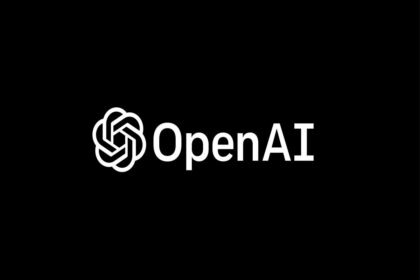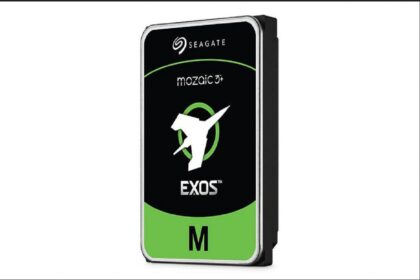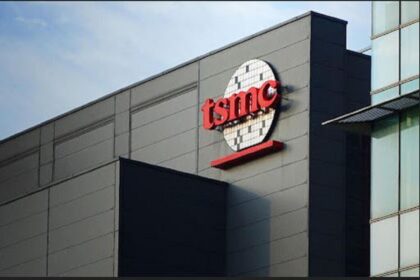The University of Stuttgart has officially launched its Hunter supercomputer, marking a significant advancement in Germany’s high-performance computing (HPC) capabilities. Hunter is the first of two state-of-the-art systems commissioned by the university to elevate its High-Performance Computing Center (HLRS) to the exascale level. The second system, Herder, is slated for installation in 2027.
Key Features of the Hunter Supercomputer
Cutting-Edge Architecture
Hunter is built on the HPE Cray Supercomputing EX4000 architecture, the same platform powering the world’s three verified exascale systems: El Capitan, Frontier, and Aurora. With a theoretical peak performance of 48.1 petaflops, Hunter nearly doubles the speed of its predecessor, Hawk.
Each of the system’s 136 nodes is equipped with four HPE Slingshot high-performance interconnects, ensuring exceptional data transfer speeds and computational efficiency.
Sustainable and Energy-Efficient Design
Hunter employs 100 percent fanless direct liquid cooling, a design that minimizes energy consumption and environmental impact. The system is powered by AMD Instinct Accelerated Processing Units (APUs), which combine CPU cores and GPUs in an integrated architecture for optimal performance and energy efficiency.
Investment and Funding
The €15 million ($15.4 million) project was jointly funded by the German Federal Ministry of Education and Research and the Baden-Württemberg Ministry for Science, Research, and Arts. This significant investment underscores Germany’s commitment to advancing HPC technology and sustainability.
Benefits for Research and Industry
Hunter provides a future-proof infrastructure designed to support AI-driven simulations and cutting-edge scientific research. According to Professor Peter Middendorf, rector of the University of Stuttgart, “Hunter offers scientists at the University of Stuttgart and across Germany a future-proof infrastructure for AI-based simulations and high-performance computing of a new quality.”
The system’s capabilities extend beyond academic research, benefiting industrial innovation and the broader ecosystem of medium-sized companies, global enterprises, and startups associated with the university.
Addressing the Transformative HPC Landscape
Professor Michael Resch, director of HLRS, highlighted the evolving HPC landscape: “The rapid development of AI and an increasing focus on sustainability in supercomputing mean that high-performance computing is currently going through an exciting, transformative period. With Hunter, our user community gains a state-of-the-art infrastructure that will support them in navigating this changing HPC landscape and enable them to remain competitive at the frontiers of scientific discovery and industrial innovation.”
FAQs
1. What is the peak performance of the Hunter supercomputer?
Hunter has a theoretical peak performance of 48.1 petaflops, nearly double the speed of its predecessor, Hawk.
2. How does Hunter support sustainability?
Hunter uses 100 percent fanless direct liquid cooling and energy-efficient AMD Instinct APUs, reducing energy consumption and environmental impact.
3. What is the timeline for the Herder supercomputer?
Herder, the second system commissioned by the University of Stuttgart, is scheduled for installation in 2027.
4. Who funded the Hunter supercomputer project?
The project was jointly funded by the German Federal Ministry of Education and Research and the Baden-Württemberg Ministry for Science, Research, and Arts.
5. What are the applications of the Hunter supercomputer?
Hunter supports AI-driven simulations, high-performance computing for scientific research, and industrial innovation, benefiting academia, industry, and startups.



















